Do your goggles really work?
Beside the carefully identifying the types of “masks”, it is also very important for us to protect our eyes. In a few cases, aerosol transmission and conjunctiva may also be the route of transmission. Therefore, in public places, some people are fully armed, by wearing masks, a varies of frame glasses, professional goggles and even swimming goggles, all kinds of eye protection equipments are having their debuts.
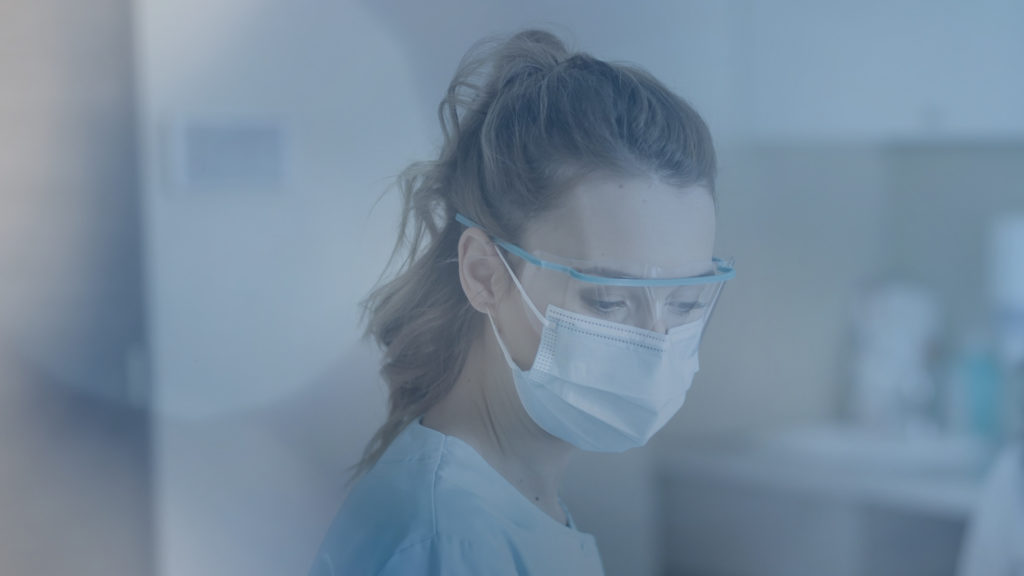
So, what kind of eye protector can safely and effectively stop novel coronavirus? How to wear eye protectors? What do you need to pay attention to when using eye protectors at ordinary times?EuroEyes ophthalmologist will explain to you one by one.
The main function of eye protector is to provide a screen for the eyes to reduce or prevent viruses from entering the eyes.
The common eye protectors at the market are as follows:
1). Safety glasses: the most common in daily life, also in online shopping. Safety glasses with side protector or flat light can provide better eye protection, but not for the both sides of eyes . This kind of product has no close contact with the skin and poor tightness.
2). Goggles: a commonly used “artifact” for front-line personnel to against “epidemic”. Such products can physically block small particles from infections, spreads or breathing gases from splashing into the eyes. The advantages of this kind of goggles are sealing, edge shielding, no ventilation hole and close contact with the face. However, goggles have no protective effect on other parts of the face.
3). Face mask: a disposable mask or helmet-type protective mask that can block the front and periphery, and can physically prevent small particles from infections, spreads or breathing gases from splashing into the eyes and face. In high-risk situations, it is recommended to use masks along with goggles.
4). Comprehensive respirator (such as rubber mask respirator and powered air-purifying respirator, PAPRs): can provide the best eye protection. PAPRs itself protects the respiratory tract, but because of its scientific design, it can protect the eyes very well. This product is mainly used for people who are at high risk of respiratory tract infection in infection control.
How to choose eye protectors for different people?

How to correctly use safety glasses, goggles and protective masks?
1) Wash hands before wearing;
2) Check for breakage before wearing;
3) Check whether the wearing device is lax or not before wearing;
4) Wear goggles or protective masks by both hands;
5) Adjust the comfort
Pay attention to the use of eye protective equipment
1) Only the Eye protectors that are qualified by the product inspection organization can be selected.
2) When selecting goggles, you should choose the suitable size and function. When using goggles, they should fit closely from the corner of the eye to the eyebrow arch. When wearing a mask that covers half of the face, the safety goggles may not fit tightly.
3) When taking off the eye protective gear, you can only touch the relatively clean parts of the protective gear and the head, such as plastic feet, elastic belt, rope, etc., The front end and side can not be touched because of these parts are more likely to be contaminated by spatter, droplets and so on.
4) Reusable goggles, masks and goggles should be cleaned and disinfected in time in accordance with the manufacturer’s recommendations. Safety glasses, goggles and protective masks can be disinfected with sodium hypochlorite and warm water, and air-dried after disinfection. If the mask or eye mask is blurred, it should be replaced in time.
How to deal with the foggy issue of eye protective equipment?
After worn Eye protective equipment for a certain time, it will easily get foggy, blur the vision, and need to be took off and wiped, which will greatly increase the chances of infection. You can try the following two ways to solve this problem:
1) Apply a tissue strip to the place where the mask presses the nose metal strip; absorb the exhaled air through the paper towel strip to prevent the lens from fogging;
2) Apply soap or some liquids, such as car glass antifogging spray, automobile glass water, swimming goggles antifogging spray, hand sanitizer, detergent, iodophor, etc., to create an isolation protective layer on the lens to prevent water fog.
Does myopic glasses have protective effect?
Myopic lenses can only block droplets coming from the front, the protective effect is relatively limited.
Can swimming goggles be used as a protective goggles?
If used only as an emergency, the goggles with good sealing can temporarily replace the goggles to prevent droplet transmission, contact transmission and air transmission. However, the frame of the swimming goggles is relatively small and the pressure on the orbit is high. If there is an air leak, it will let the fog in, and blur our sights, to take off goggles and scrub leads unnecessary exposure, so it is not recommended to use swimming goggles instead of goggles for a long time.
EuroEyes ophthalmologist reminds you: you must use the goggles correctly and rationally.
For medical staff who are in close contact with suspected novel coronavirus, it is necessary to wear goggles because of the nature of the work and the needs of the environment, which can reduce eye contact with various pathogens. For the general public, there is no need to be too frightened; in general, there is no need to wear goggles, because everyone lives in a different environment.
At the same time, EuroEyes ophthalmologist advises everyone to wash hands frequently and try not to touch eyes, mouth and nose, especially in potential contamination environment. When you go out, be sure to wear a mask; when you talk to people, keep a certain distance, and avoid going to crowded places. By doing this, we can effectively stop novel coronavirus’s invasion.
About EuroEyes
The EuroEyes Clinic Group is a globally successful company that was founded 26 years ago in Hamburg and has its headquarters there until today. In addition to locations throughout Germany, EuroEyes is also represented in China and Denmark. The company offers patients the full range of refractive surgery for the correction of visual disorders. Using state-of-the-art eye laser and lens surgery procedures, EuroEyes treats more than 25,000 patients each year with nearsightedness, farsightedness, astigmatism, presbyopia or cataract. The treatment enables the start of a life free of glasses and contact lenses without any impairment of visual quality.
Are you also interested in laser eye treatment at EuroEyes or would you like to find out more about us? Then please contact our service or fill out our contact form. We look forward to you! Contact form (click here)
+49 40 348 09 29 0 – service center in Germany (English, German and Chinese)
Monday to Friday: 08:00 – 20:00
Saturday: 09:00 – 14:00






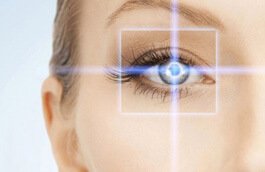





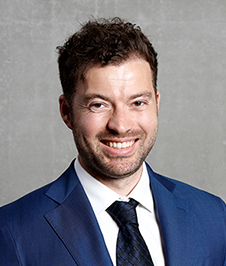
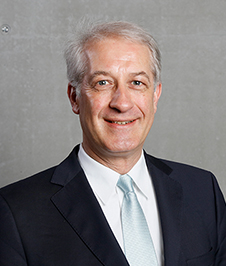

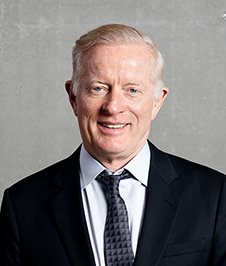


Join our Newsletter